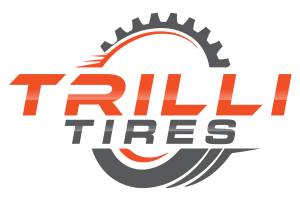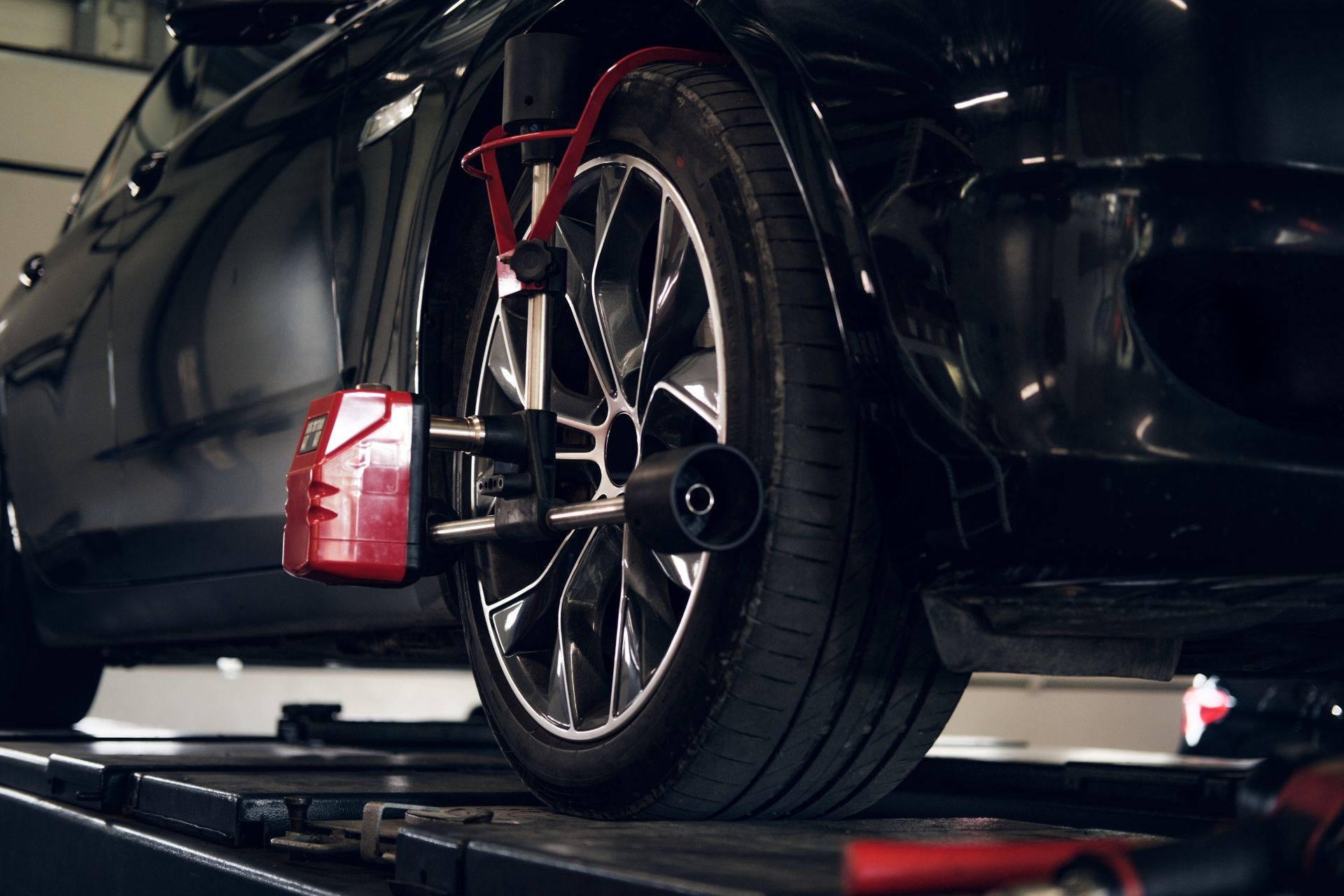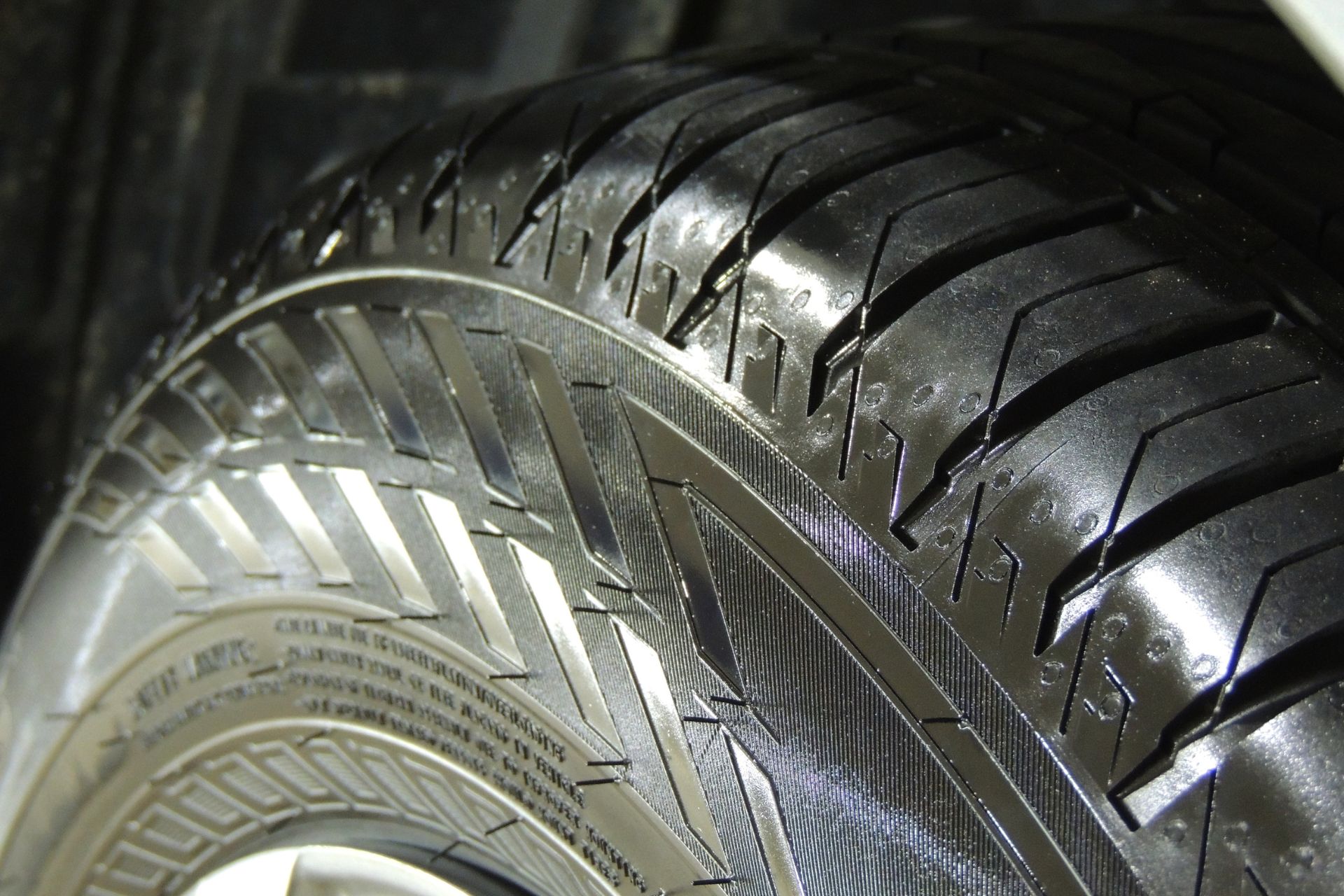Understanding What Black Smoke Means
Seeing black smoke coming from your vehicle’s exhaust can be alarming. It’s often a sign that something isn’t quite right under the hood, particularly with the engine’s combustion process. While some causes are minor and easy to fix, others may indicate more serious issues that require professional attention. Understanding why this happens can help you take timely action to prevent further damage.
How Combustion Works in Your Engine
Your car’s engine burns a precise mixture of air and fuel to generate power. When this balance is off, incomplete combustion occurs, and carbon deposits or unburned fuel are released through the exhaust as black smoke. Ideally, the engine should emit clear or slightly white vapour from the exhaust, especially during startup. When the colour changes to black, it suggests that too much fuel or not enough air is entering the combustion chamber.
Common Causes of Black Smoke from the Exhaust
1. Faulty Fuel Injectors
Fuel injectors spray fuel into the engine cylinders in a fine mist. If they become clogged or stuck open, they can release too much fuel at once. This leads to an overly rich fuel mixture, which doesn’t burn completely and results in black smoke. Dirty injectors are one of the most frequent reasons drivers notice excessive exhaust emissions. Regular maintenance and injector cleaning can prevent this problem.
2. Clogged Air Filters
An air filter plays a critical role in regulating the amount of air entering your engine. Over time, dust, debris, and dirt can block airflow, causing the fuel-to-air ratio to become unbalanced. When there isn’t enough air for the fuel to burn efficiently, black smoke appears. Replacing your air filter at recommended intervals is a simple yet effective way to maintain proper combustion and avoid unnecessary smoke.
3. Problems with the Fuel Pressure Regulator
A malfunctioning fuel pressure regulator can cause the engine to receive too much fuel. This can overload the combustion process, leading to incomplete burning and visible smoke from the tailpipe. If you notice a strong fuel smell along with the dark exhaust, this could be the culprit. It’s essential to have a technician test and, if needed, replace the regulator.
4. Damaged Turbocharger
If your vehicle is equipped with a turbocharger, black smoke may be a sign that it’s not working properly. A failing turbo can allow oil or excess fuel to leak into the combustion chamber, resulting in thick exhaust emissions. Drivers may also notice a loss of power or a whistling noise from the engine when this happens. Early diagnosis can help you avoid costly repairs.
5. Worn Piston Rings or Valves
Inside the engine, piston rings and valves help maintain proper compression and prevent oil from entering the combustion chamber. When these components wear out, oil can mix with fuel and burn, creating black smoke. This issue typically develops in older vehicles or those with high mileage. Repairing or replacing the affected parts is essential to restoring engine efficiency.
6. Issues with the EGR Valve
The Exhaust Gas Recirculation (EGR) valve helps control emissions by recirculating a portion of exhaust gases back into the intake system. If it becomes stuck or clogged with carbon buildup, it can disrupt the combustion balance. A malfunctioning EGR valve can increase soot production and cause noticeable dark exhaust smoke. Cleaning or replacing the EGR valve is usually the solution.
The Role of Diesel vs. Gasoline Engines
Black smoke is more commonly associated with diesel engines, as they operate under different combustion principles. Diesel engines rely on compression rather than spark ignition, and a small variation in fuel delivery or air intake can create visible soot. In gasoline engines, black exhaust tends to indicate a more specific malfunction, such as an overly rich fuel mixture or ignition problem. Regardless of the type of engine, the appearance of dark exhaust should never be ignored.
Signs It’s Time for a Professional Inspection
While some causes of black exhaust can be solved with basic maintenance, others require a professional diagnosis. You should bring your car in for inspection if you notice any of the following:
- Continuous smoke even after the engine warms up
- Strong fuel odour or reduced fuel efficiency
- Hesitation or loss of power during acceleration
- Engine misfires or unusual noises
A trained mechanic can use diagnostic tools to check your engine sensors, injectors, and exhaust system to pinpoint the issue quickly.
Preventive Maintenance Tips
The best way to avoid black exhaust smoke is through consistent maintenance. Here are some practical tips to keep your vehicle running cleanly and efficiently:
- Replace air filters regularly to ensure proper airflow.
- Use high-quality fuel to reduce residue and deposits.
- Schedule periodic injector cleaning to maintain accurate fuel delivery.
- Monitor oil levels and change oil on time to prevent leaks and buildup.
- Keep up with tune-ups to ensure the ignition and emission systems are working properly.
Following these simple steps can extend your engine’s life and help maintain optimal performance.
Environmental and Legal Concerns
Emitting black smoke is not just a mechanical issue; it can also have environmental and legal implications. Excessive exhaust emissions contribute to air pollution and may cause your vehicle to fail an emissions test. In some regions, persistent smoke from your exhaust can even result in fines or mandatory repairs. Addressing the issue promptly helps you stay compliant and reduces your car’s environmental footprint.
The Cost of Ignoring the Problem
Ignoring exhaust smoke can lead to expensive repairs down the road. What might start as a simple air filter replacement can turn into severe engine damage if left unchecked. Over time, unburned fuel can cause carbon buildup, reduce engine efficiency, and even damage the catalytic converter. Taking action early saves you money and keeps your vehicle performing at its best.
When to Visit an Auto Repair Shop
If your car continues to emit black exhaust after basic checks, it’s time to visit a trusted repair shop. Technicians can perform detailed inspections, clean the intake system, replace faulty parts, and restore the proper air-fuel balance. This ensures your car not only stops producing smoke but also runs more smoothly and efficiently.
Key Takeaways
Black smoke is a visible sign that your engine isn’t burning fuel correctly. Whether it’s due to clogged filters, faulty injectors, or worn engine parts, it’s essential to diagnose and fix the root cause promptly. Regular maintenance, timely part replacements, and professional inspections are your best defence against recurring issues.
Drive Cleaner with Expert Care
If you’re noticing black smoke from your exhaust, don’t wait until it becomes a costly repair. Contact TrilliTires in Richmond Hill for a professional inspection and expert automotive care. Their experienced technicians can identify the cause, restore performance, and keep your vehicle running clean and efficient.





